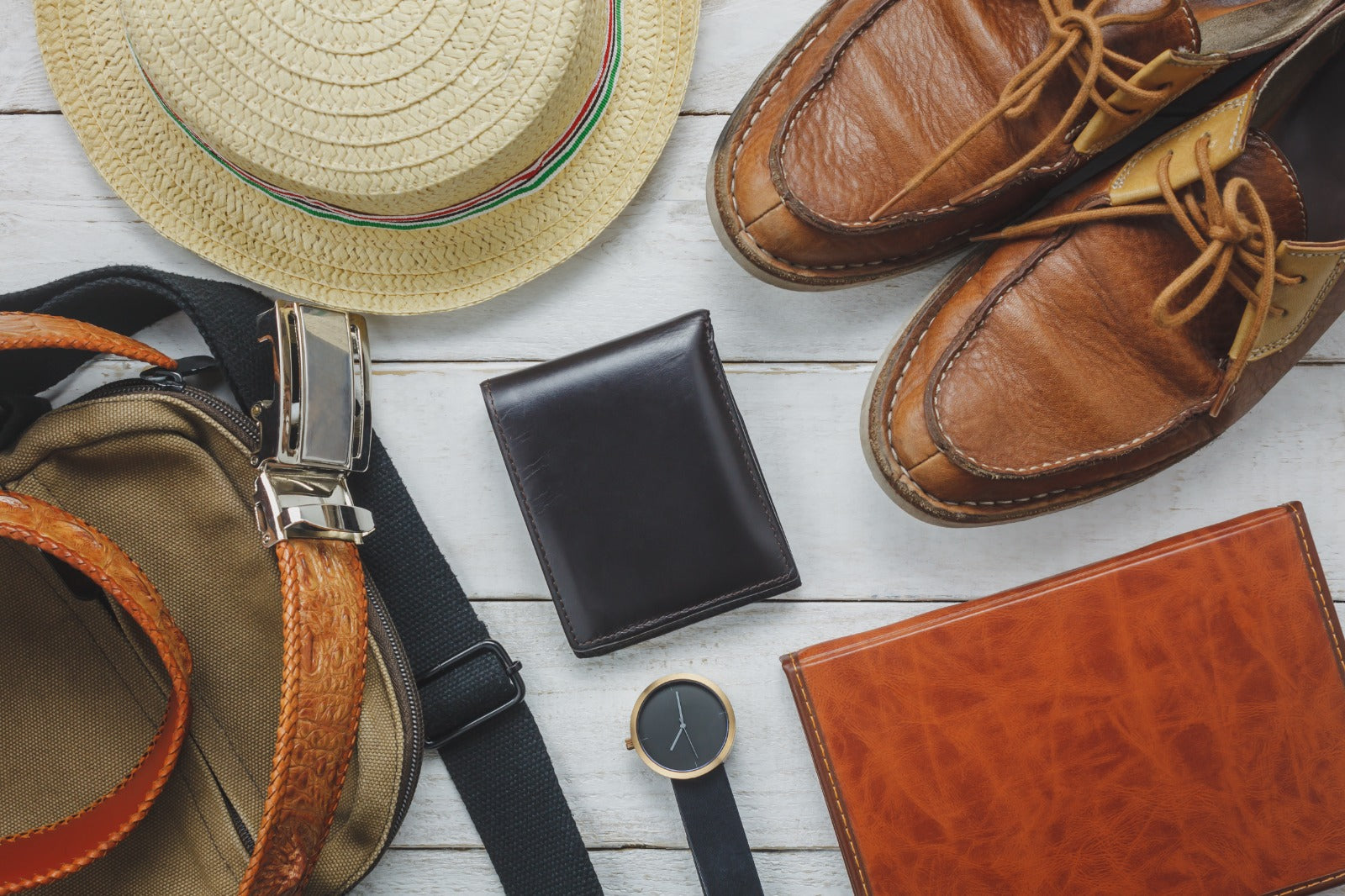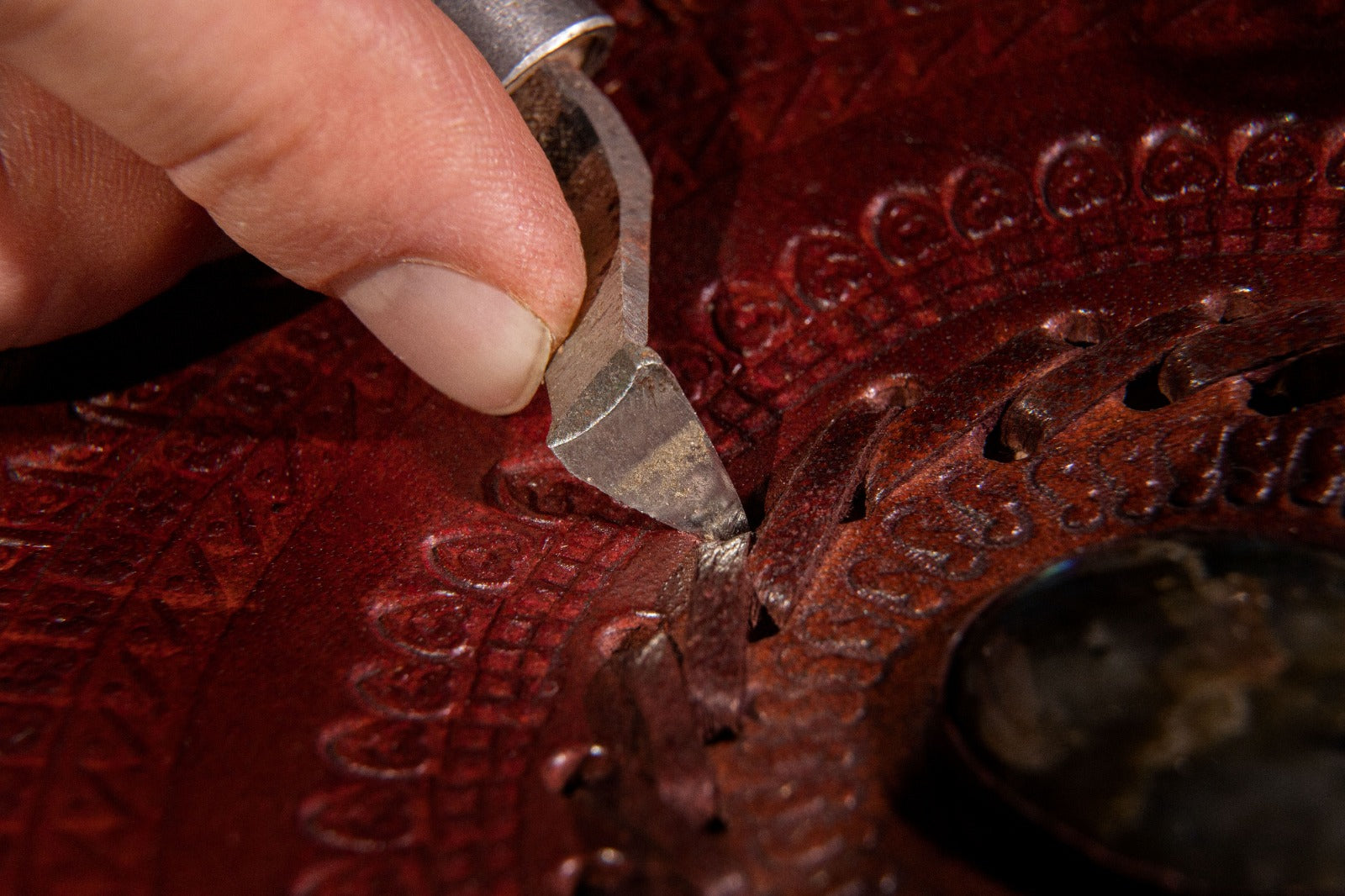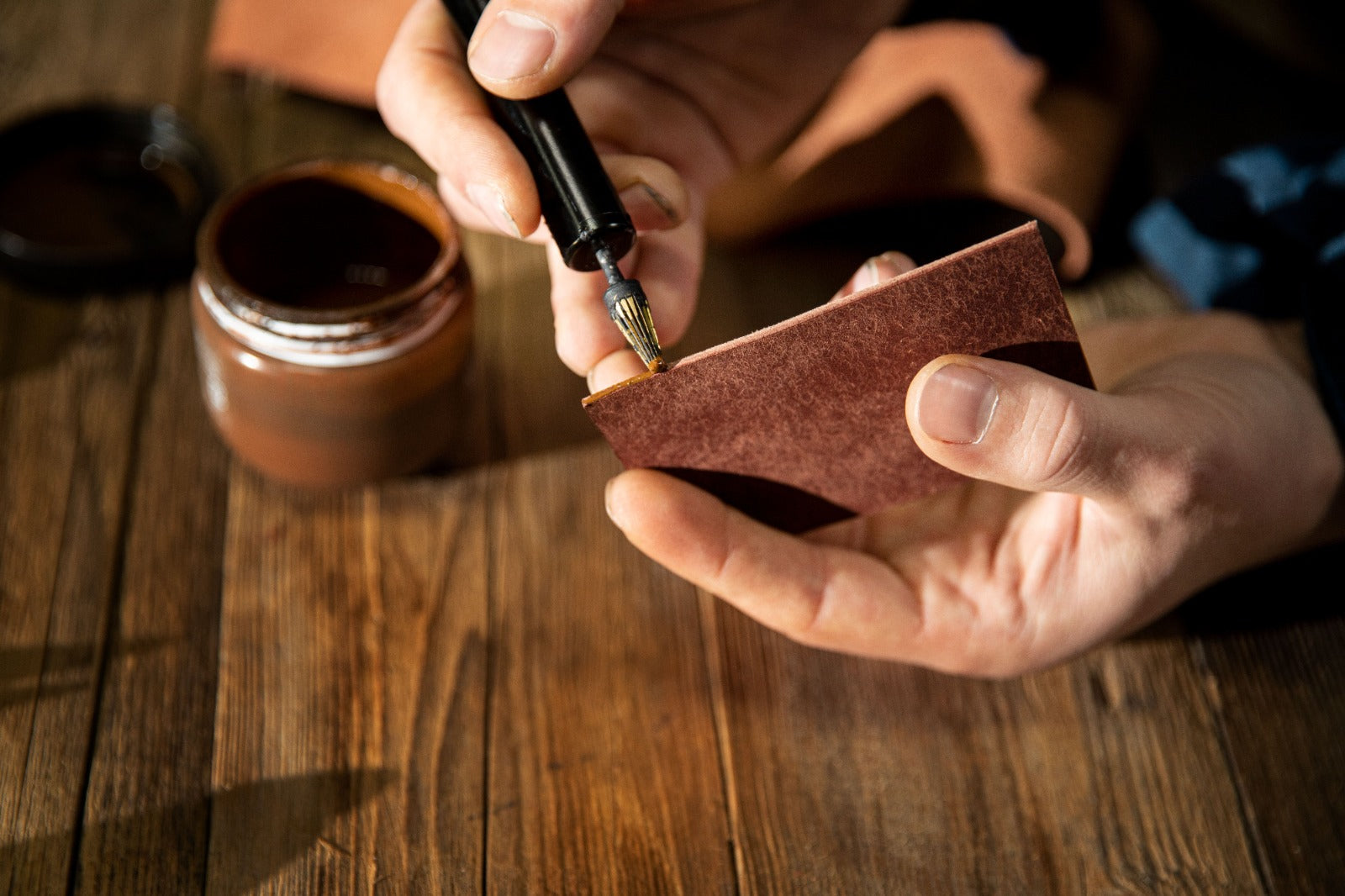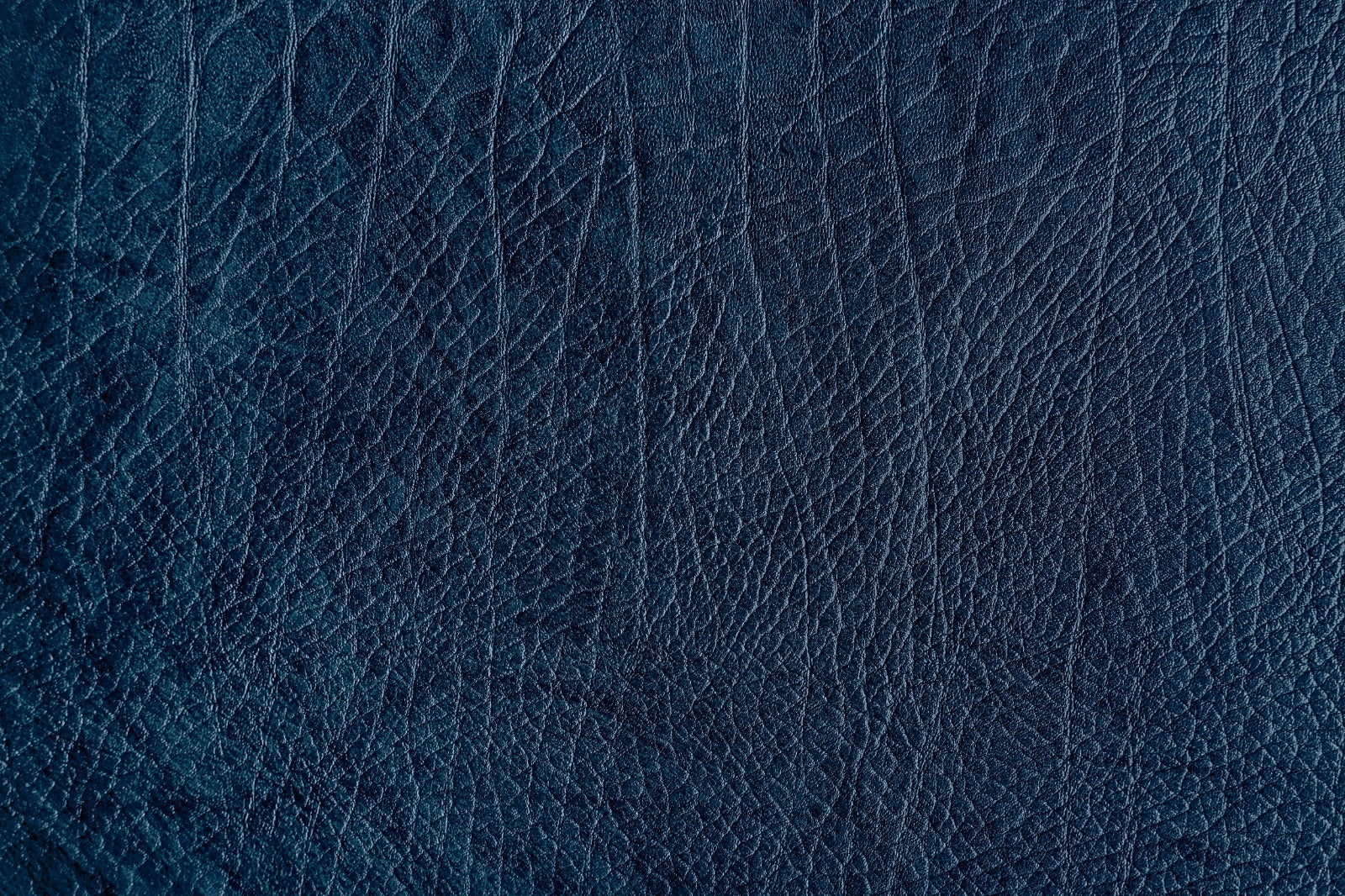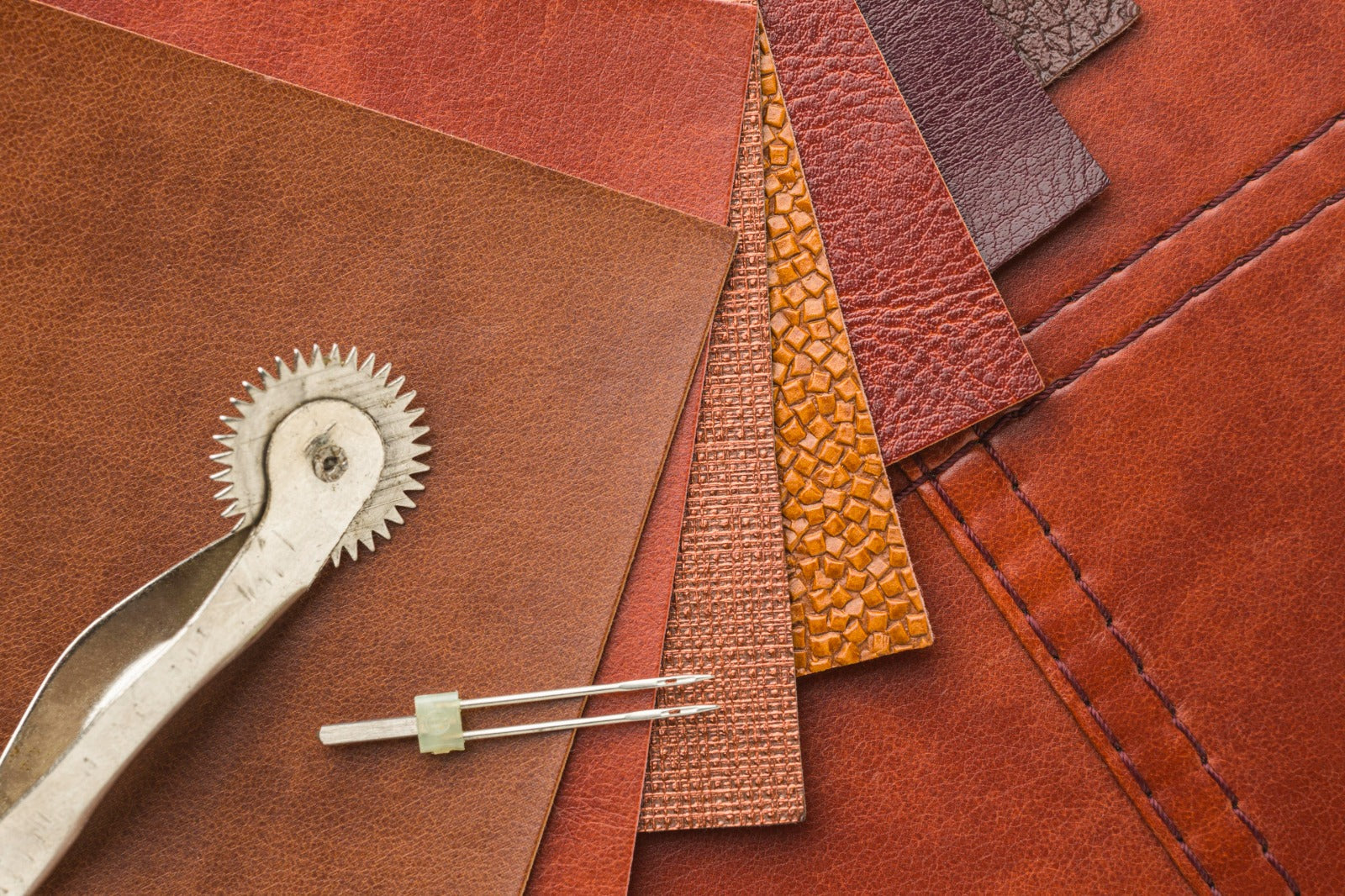
Tips for Spotting Genuine Leather vs Fake Leather
Distinguishing real leather—like full-grain or top-grain leather—from faux leather can be challenging, especially as synthetics like PU and PVC become more convincing. Yet knowing the difference ensures durability, value, and long-lasting style. In this guide, you’ll discover easy ways to identify authentic leather through touch, texture, smell, stitching, and durability tests.
What Is Genuine Leather?
-
Genuine leather is made from animal hide, with full-grain leather being the most durable and natural, while top-grain leather is slightly processed for smoothness.
-
Fake leather (PU or PVC) is synthetic, made from plastic coatings on fabric.
Why it matters:
-
Durability – Real leather can last decades.
-
Patina – Over time, it develops unique character.
-
Repairability – Scratches and creases can be restored.
Touch & Texture Test
Genuine Leather
-
Feels warm, soft, and flexible.
-
Shows natural creases when bent.
-
Surface is slightly uneven or grainy.
Fake Leather
-
Feels cold and plasticky.
-
Too smooth and uniform.
-
Bends into stiff lines without flexibility.
Grain & Surface Patterns
Real Leather
-
Inconsistent, organic grain with tiny pores and natural marks.
-
No two sections look the same.
Fake Leather
-
Perfectly uniform, often machine-stamped.
-
Repeating patterns that look artificial.
Pro Tip: Imperfections are a good sign—they often indicate authenticity.
Smell & Scent
-
Genuine leather has an earthy, natural smell.
-
Fake leather smells like chemicals, plastic, or glue.
If the scent is strong and synthetic, it’s likely faux.
Edges & Cut Lines
-
Real leather: Fibrous, rough edges that may look suede-like.
-
Fake leather: Smooth, plastic-like sealed edges with no depth.
The Water Absorption Test
-
Genuine leather is porous—water drops absorb and darken slightly.
-
Fake leather repels water completely.
(Always test on a hidden area to avoid visible marks.)
The Heat Test (Not Recommended for Everyday Use)
-
Real leather: Chars slightly, smells like burnt hair.
-
Fake leather: Melts, cracks, and smells like burning plastic.
⚠️ Use with caution—better to rely on other non-destructive tests.
Stitching & Construction Quality
-
Genuine leather goods use reinforced stitching and durable thread.
-
Fake leather products often cut costs with weak seams that fray quickly.
Weight & Flexibility
-
Real leather feels heavier and more substantial.
-
It softens with time and adapts to use.
-
Fake leather is usually lighter, stiff, and doesn’t age naturally.
Price & Value
-
Authentic leather commands a higher price due to durability and craftsmanship.
-
Cheap “leather” products are often synthetic or blended.
Rule of thumb: If the price seems too good to be true, it probably is.
Quick Checklist: How to Spot Genuine Leather
✔ Uneven, natural grain
✔ Warm, soft feel
✔ Distinct earthy smell
✔ Fibrous edges
✔ Water absorption
✔ Substantial weight
✔ Reinforced stitching
Final Thoughts
Identifying genuine leather vs fake leather comes down to your senses: touch, smell, grain, and durability. Use these simple tests before making your purchase to ensure you’re investing in authentic, long-lasting quality.
👉 Explore Perf’s collection of premium leather goods designed to last a lifetime.
